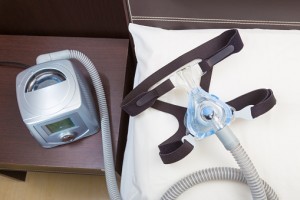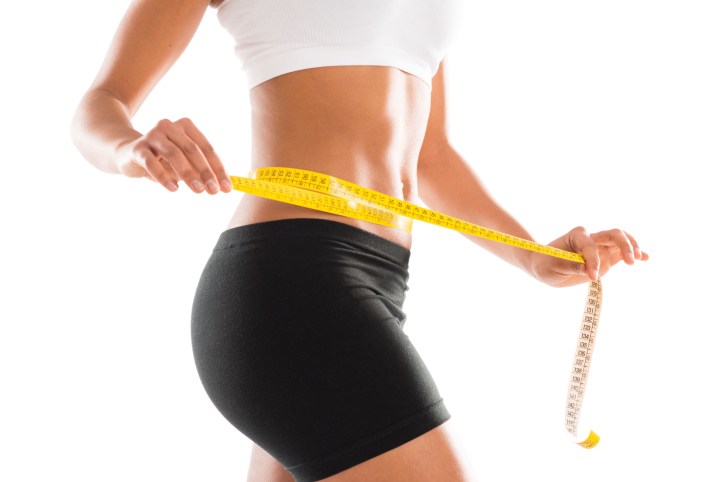Are You Riding The Fat-Burning Escalator?
Are you riding the fat-burning Escalator?
Four Controversial Questions to ask yourself when it comes to your Fitness and Fat-burning Methods
1. Will you burn more calories from fat if you exercise first thing in the morning on an empty stomach?
The substrate that most effectively powers your workout is carbohydrate. Fat contributes, but carbohydrates in the form of glucose are the main exercise fuel. After a night's sleep, the muscle's are greatly depleted of glycogen (stored glucose) and therefore lack the energy substrate they need for exercise. In addition, the brain utilizes glucose for all its fuel needs. Consequently, exercising first in the morning on an empty stomach can impair the muscles and some brain functions. You should have a light carbohydrate snack (e.g., fresh fruit, yogurt and trail mix) before working out, to properly "fuel up" and safe guard themselves from bodily harm.
2. How many more calories do you burn with the addition of each pound of muscle?
The scientific estimation is approximately 7 kcal per pound (Elia 1992). However, the key point is not so much that caloric yield increases from this additional muscle; rather, it is that the person becomes much more capable of working out longer and harder. It is this training effect that adds to the caloric deficit from exercise.
3. How does high-intensity interval training (HIT) help you burn more fat?
As exercise intensity increases, the body uses more carbohydrate as fuel. However, scientists feel that at the cellular level this overloading stimulus also involves some of the same molecular signaling messages that induce increases in muscle capillary density, mitochondria proteins (energy factory of cells), fatty-acid oxidation (burning) enzymes and other regulatory proteins (Burgomaster et al.2008; Baar 2006). So, the connection with HIT and improved fat metabolism appears to be associated with adaptation changes that occur at the molecular level of muscle.
4. Why is caloric expenditure lower during upper-body exercise?
Upper- body exercise is generally complicated by the small muscle mass in the upper body relative to the lower body . This muscle mass is less effective at inducing the return of blood flow to the heart, thus decreasing the volume of blood pumped by the heart each beat. Also, for a given intensity , contraction of the upper-body musculature provides greater resistance to blood flow than occurs with lower -body exercise, resulting in a greater increase in blood pressure. These factors lead to a lower energy (caloric) expenditure from the upper-body muscles.
I hope these questions help you and support your Fitness and Fat-burning results! Have a healthy and happy day!
By,
Natalie Pyles
Fitness and Weight-loss Expert, Nutrition Specialist, Author, & NSA Speaker
-
The Danger Of Low Calorie Diets How To Avoid The YoYo Diet Trap
Low Calorie Diets have risen in popularity in the past 20 years becaus
-
I Lost Weight: Brad Swenson Found A Sustainable Diet Plan And Lost 200 Pounds
Got a success story of your own? Send it to us at success.stor
-
Metabolic Diet: An Effective Weight Loss Solution
You can just imagine how a hot topic dieting is nowadays. A lot of boo
-
Obesity Prevention - Significant Facts You Ought to Know
Obesity is one of the leading causes of
-
Do Your Beliefs Prevent You From Losing Weight?
Making healthy choices and becoming more
-
Gastric Bypass Complications Not Worth The Risk?
Gastric bypass surgery was once a last-chance resort for the morbi
- DON'T MISS
- Eating Your Best For Your Age
- Weight-reduction plan Plans Versus Diet Reality
- 3 Spectacular Tips To Get Rid Of Belly Fat - Working Out 30 Minutes From The Coziness Of Your Home
- Are You Wearing The Right Sized Bra?
- How Much Should I Eat to Lose Weight?
- The Lazy Womans Guide To Weight Loss
- Raise Your Metabolic Rate With A Walking Workout For Faster Weight Loss Results
- Metabolism Boosters - Useful Facts You Might Not Know
- Six Exercise Tips to Lose a Pound a Day
- Awesome Belly Flattening Exercises




